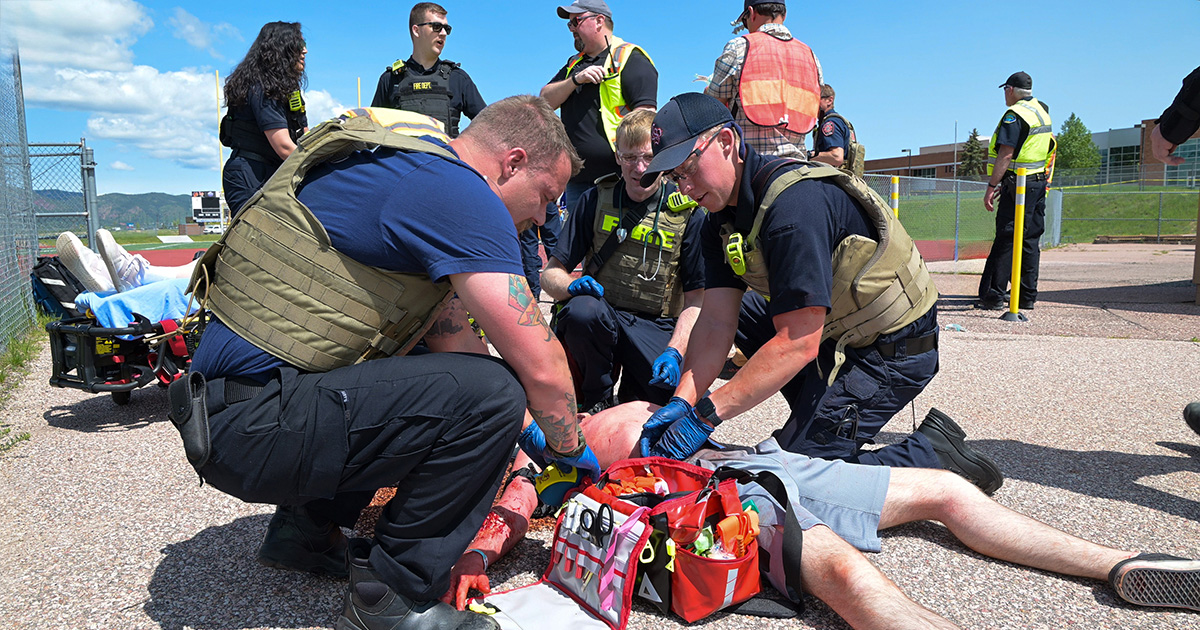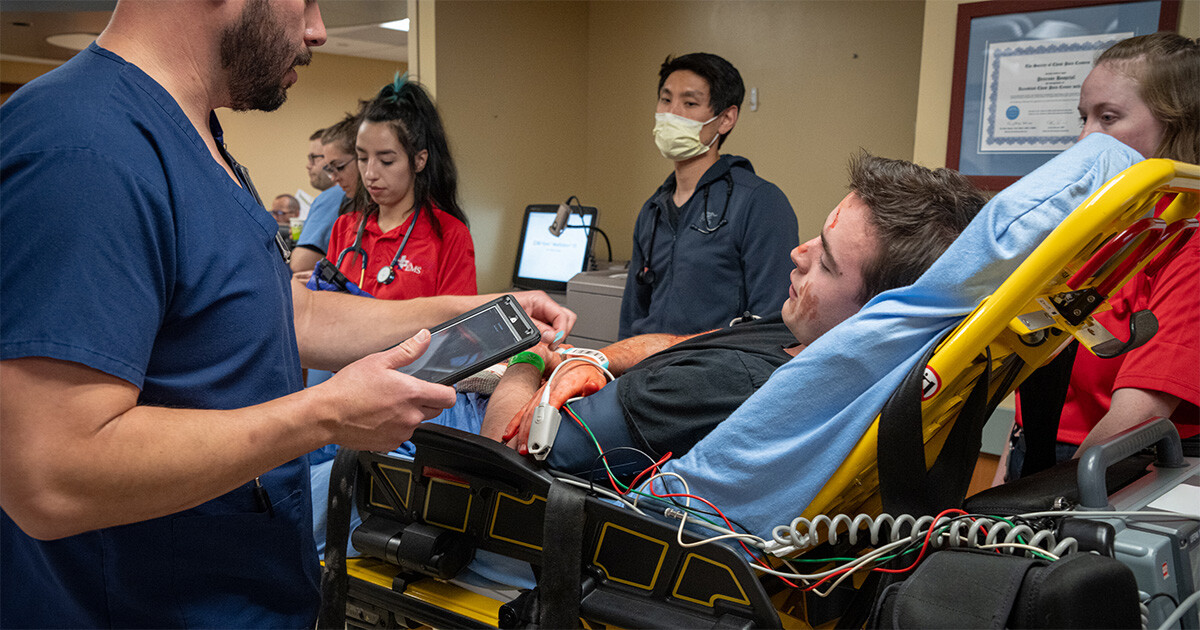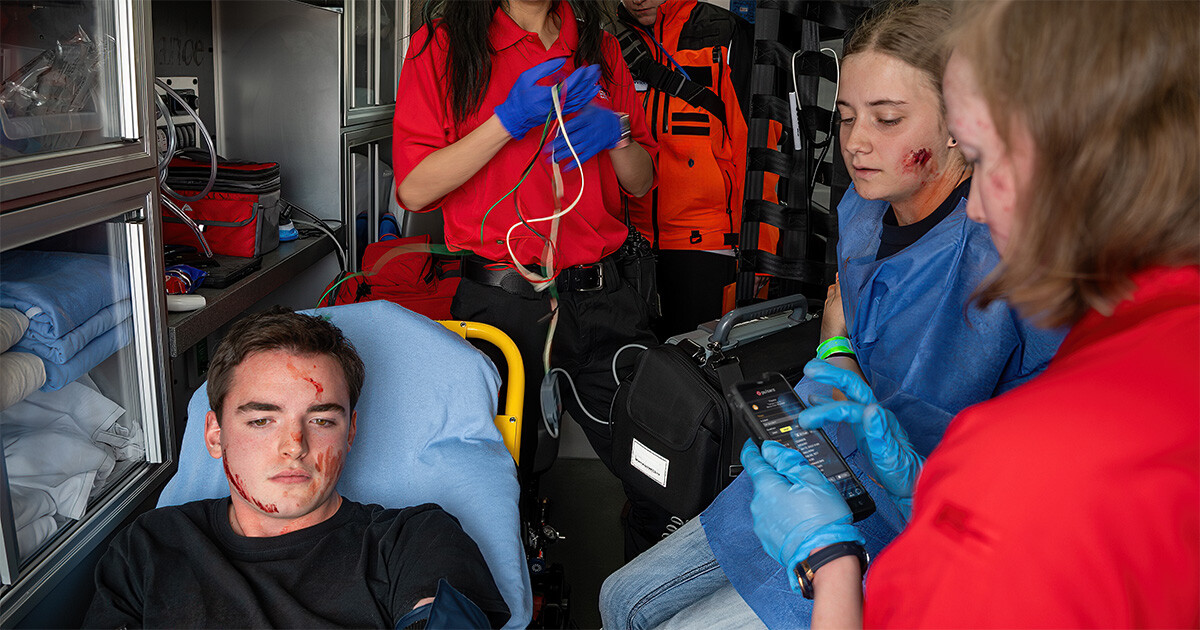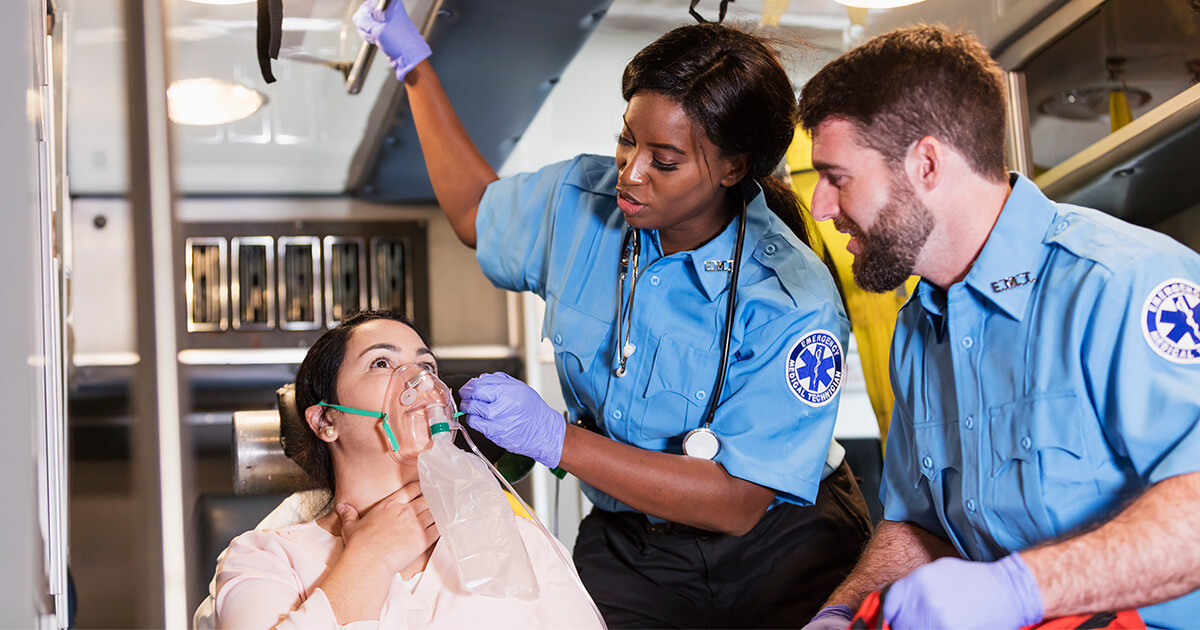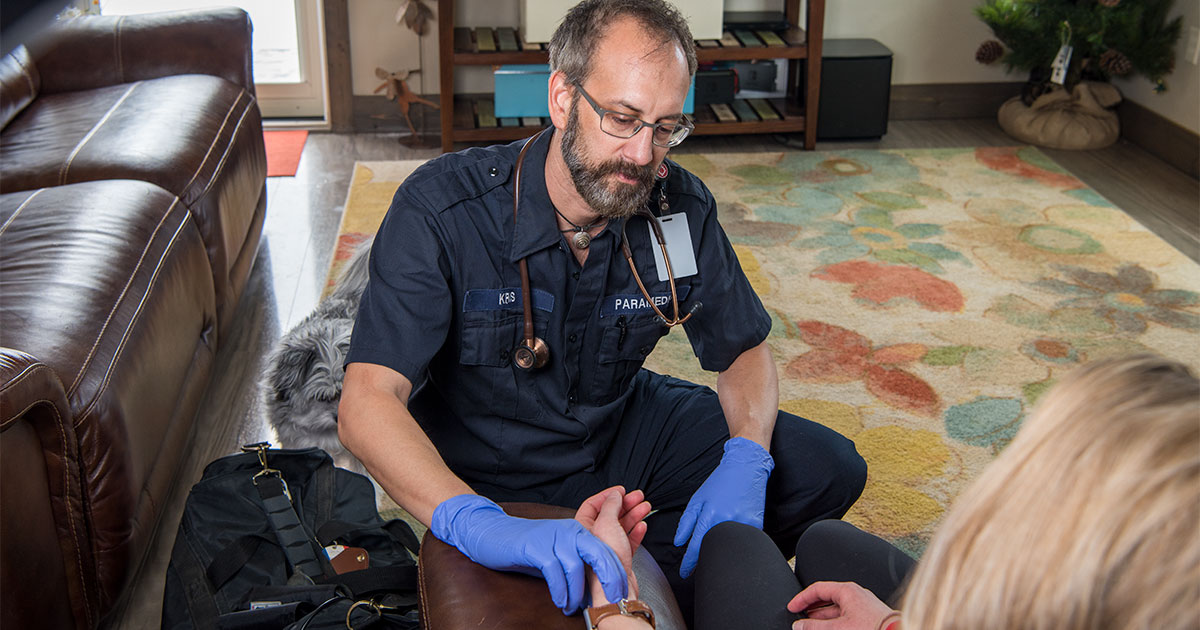6 min read
How Colorado Is Streamlining Reunification with Pulsara
Mass casualty incidents are among the most complex challenges faced by healthcare and emergency response systems. The stakes are high, and the processes can be overwhelming—from coordinating care...
